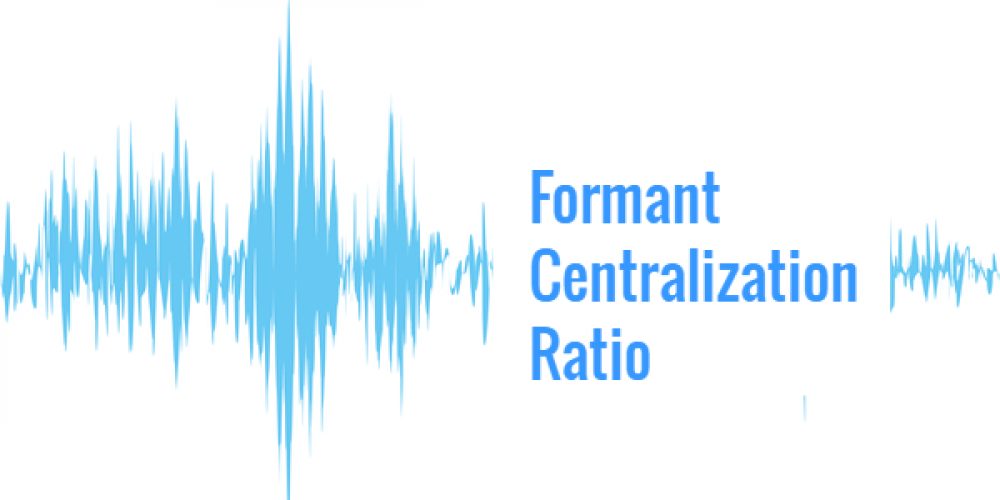Abstract
Purpose: The vowel space area (VSA) has been used as an acoustic metric of dysarthric speech, but with varying degrees of success. In this study, the authors aimed to test an alternative metric to the VSA—the formant centralization ratio (FCR), which is hypothesized to more effectively differentiate dysarthric from healthy speech and register treatment effects.
Method: Speech recordings of 38 individuals with idiopathic Parkinson’s disease and dysarthria (19 of whom received 1 month of intensive speech therapy [Lee Silverman Voice Treatment; LSVT LOUD]) and 14 healthy control participants were acoustically analyzed. Vowels were extracted from short phrases. The same vowel-formant elements were used to construct the FCR, expressed as (F2 + F2ɑ + F1 + F1 ) / (F2 + F1ɑ), the VSA, expressed as ABS([F1 × (F2ɑ – F2 ) + F1ɑ × (F2 – F2 ) + F1 × (F2 – F2ɑ)] / 2), a logarithmically scaled version of the VSA (LnVSA), and the F2 /F2 ratio.
Results: Unlike the VSA and the LnVSA, the FCR and F2 /F2 ratio robustly differentiated dysarthric from healthy speech and were not gender sensitive. All metrics effectively registered treatment effects and were strongly correlated with each other.
Conclusion: Albeit preliminary, the present findings indicate that the FCR is a sensitive, valid, and reliable acoustic metric for distinguishing dysarthric from unimpaired speech and for monitoring treatment effects, probably because of reduced sensitivity to interspeaker variability and enhanced sensitivity to vowel centralization.







